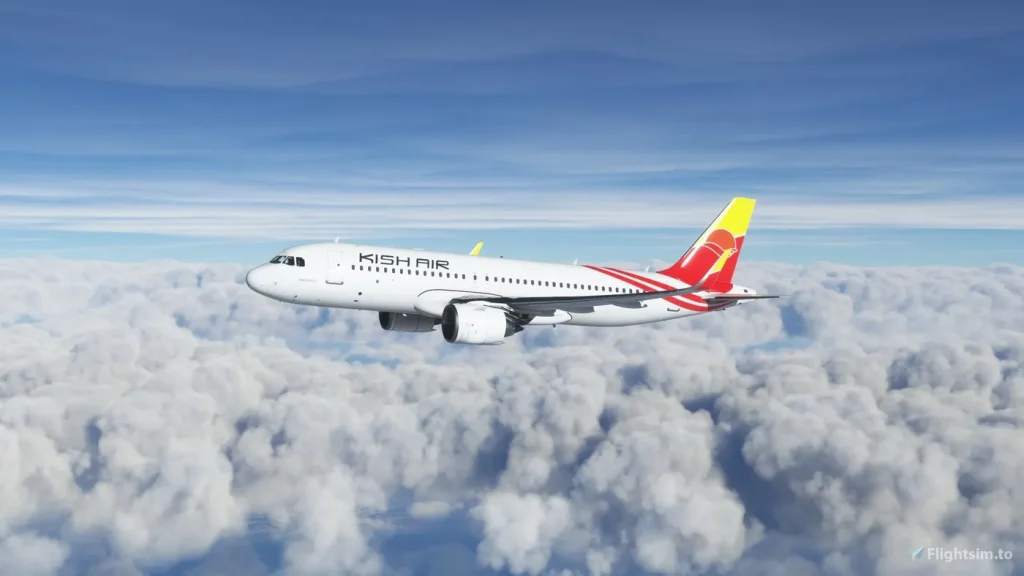Iranian languages, with their rich historical and cultural significance, continue to influence not only classical literature but also modern media, adapting dynamically to the changing landscapes of communication. From the poetic elegance of Persian classical literature by luminaries such as Rumi, Hafez, and Ferdowsi to the compelling narratives in contemporary films and social media platforms, these languages offer a unique lens through which we can explore and understand Iranian culture and identity. Here we delve into the ongoing role of Iranian languages across various forms of media, showcasing their enduring relevance and evolving presence.
Classical Contributions: Persian Poetry and Prose
Exploring the rich tradition of Persian classical literature reveals the depth of Iran’s cultural and historical heritage. Major poets like Rumi, Hafez, and Ferdowsi not only shaped the literary landscape of their time but also left an indelible mark on the fabric of Iran’s history and its global cultural influence. Their masterpieces reflect key themes and philosophies that resonate through centuries.
Ferdowsi’s “Shahnameh,” a monumental epic poem, is pivotal in preserving ancient Iran history and mythology, connecting modern Iranians to their ancestral roots. The works of Rumi and Hafez dive deep into the complexities of human emotion and spirituality, transcending geographical and cultural boundaries to touch readers worldwide.
Contemporary works often echo the themes found in these classical texts, showcasing their relevance in today’s society. Whether through film, music, or literature, modern creators continue to draw inspiration from these poets, illustrating the timeless and universal nature of their contributions. This ongoing dialogue between the past and the present in Persian literature highlights the enduring legacy of Iran’s classical masters and underscores the continuous evolution of cultural expression rooted in historical depth.
Contemporary Media Landscape: Iranian Languages in Film and Television
The linguistic diversity of Iran serves as a powerful tool in its modern media, particularly in film and television, where directors and screenwriters harness this variety to craft deeply nuanced and culturally resonant stories. This diversity not only adds authenticity to the narratives but also enriches the portrayal of Iran’s multifaceted society.
One notable example is the film “A Separation” by Asghar Farhadi, which uses Persian language to convey complex social and moral dilemmas, bringing to life the intricacies of Iranian family and social life. The film’s dialogue captures subtle cultural nuances that resonate with Iranian audiences while also making the story accessible and compelling to international viewers. This has helped to elevate Persian beyond its traditional borders, showcasing its capability to convey universal themes.
Moreover, regional Iranian language and dialects are increasingly featured in documentaries and regional films. These productions play a crucial role in highlighting diverse voices within Iran, often bringing attention to underrepresented communities. For example, the use of Kurdish and Azeri in films and series underscores the ethnic and linguistic diversity within Iran, helping to raise awareness about cultural and social issues specific to these communities.
The representation of these languages in mainstream media not only strengthens cultural identity among speakers but also influences popular culture by fostering greater understanding and appreciation of Iran’s linguistic and cultural diversity. This dynamic portrayal of language in media continues to shape public perception and can drive important conversations around national identity and social cohesion.
Digital Evolution: Iranian Languages in the Age of Social Media

Social media platforms have become vital spaces for the adaptation and promotion of Iranian languages, effectively bridging the gap between traditional linguistic expressions and the digital era. This digital evolution is largely driven by content creators who use these platforms to reach global audiences, sharing their culture and language through various forms of digital content.
Platforms like Instagram, YouTube, and Twitter have seen a surge in content that showcases Iranian languages, not just in text but through videos, podcasts, and interactive posts. This has been particularly impactful for younger generations who may be more distanced from traditional language usage. Influencers and educators use these platforms to teach language nuances, share poetry, and discuss cultural topics, making learning more engaging and accessible.
The digital presence of Iranian languages also facilitates cultural exchange. Non-native speakers and people from different cultural backgrounds can explore Iranian culture through language lessons, culinary vlogs, music, and art shared online. This not only promotes the languages but also fosters a broader understanding and appreciation of Iran’s diverse cultural heritage.
Moreover, the interactive nature of social media allows for immediate feedback and dialogue, which is crucial for language preservation. Young Iranians and diaspora communities use these platforms to connect with each other, share experiences, and practice their linguistic skills, thus playing an active role in keeping their languages vibrant and relevant.
This digital transformation is not only revitalizing Iranian languages but also reshaping their usage. It ensures that these languages evolve with the times and remain a living, integral part of both national and global conversations.
Conclusion
As we observe the adaptive use of Iranian languages from classical texts to digital platforms, it becomes clear that these languages are not just a means of communication but a vibrant and living form of cultural expression. The enduring themes from Iran’s literary giants continue to resonate today, finding new life in films and on social media, influencing both domestic and global perspectives on Iranian culture. Ultimately, the evolution of Iranian languages in media reflects a society that is deeply rooted in its history yet actively engaging with the modern world, ensuring that these languages thrive and continue to enrich global culture.






